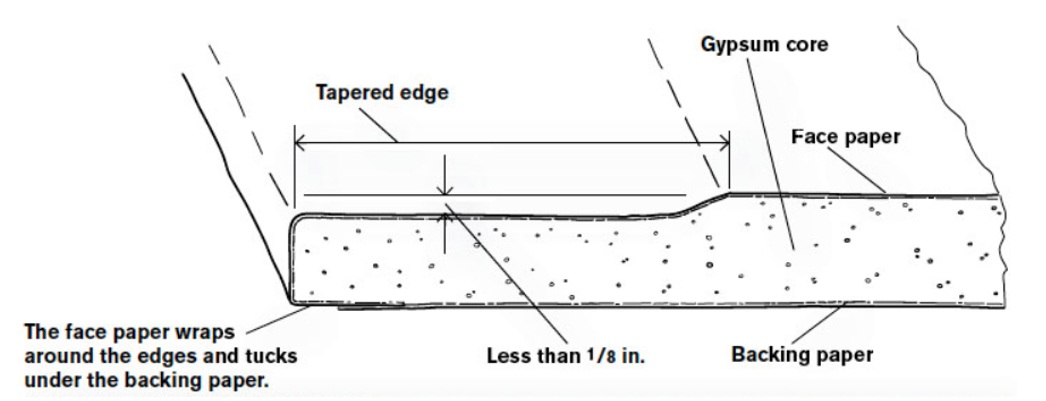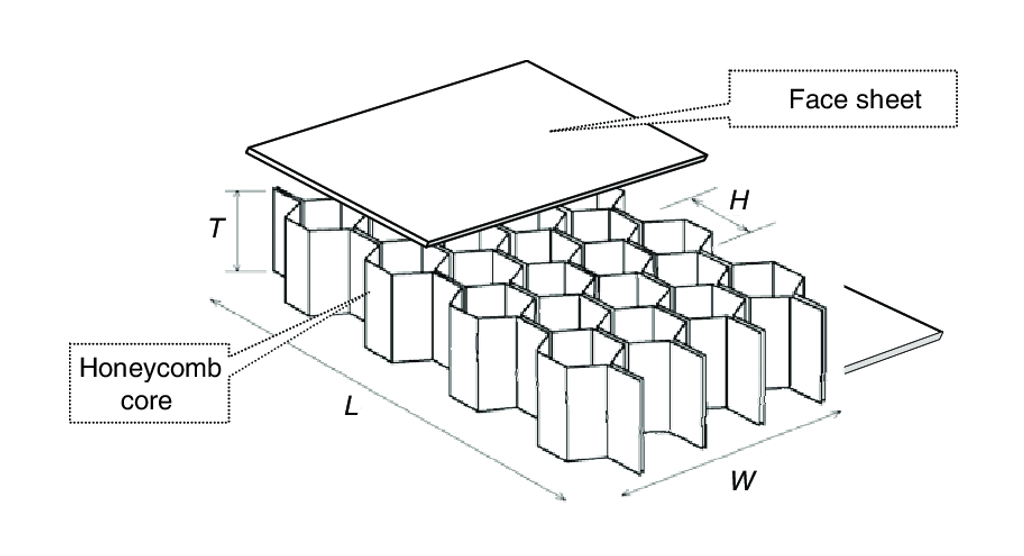Since the 1960’s, pharmaceutical cleanroom construction methods have historically leveraged the latest building technology of their day. Today we are blessed with multiple cleanroom construction options including — stick built, modular cleanroom construction and modular’s younger cousin “Podular.” In this post, I will compare and contrast modular cleanroom installation with its historical alternative – stick built cleanroom construction.
About Modular Cleanrooms
In modular cleanroom construction, prefabricated wall and ceiling panels are manufactured in an off-site factory under controlled conditions. Modular cleanroom panels are flat packaged for shipment, delivered to site, and assembled, much like LEGO building blocks saving time and labor. AES engineered wall and ceiling panels are manufactured using an aluminum honeycomb core covered by heavy gauge sheet metal and pre-finished with a durable uPVC coating. A few other manufacturers mimic this construction. Still others eliminate or substitute materials to cut costs but the idea is largely the same.
Regardless of manufacturing method, one of the most important regulatory considerations in pharmaceutical cleanroom manufacturing applications is that interior surfaces are non-absorptive, non-shedding, and non-reactive — this is critical to ensure the safety, identity, strength, quality, and purity of the drug product ensuring that nothing from the cleanroom ends up in the product. Similarly, to ensure the continuity of the drug manufacturing operation, its profitability and ultimately its return on investment, materials and key features must be specified and engineered for the application. For cleanroom design and construction, this means interior surfaces must be durable, easy to clean and able to resist commonly used disinfecting chemicals. Given that a cleanroom must endure a continuous flow of personnel, materials, samples, waste and daily cleanings, the impact of this consideration cannot be over emphasized.
About Stick Built
Since the invention of the cleanroom by Willis Whitfield in the 1960’s, “stick built” construction, much like residential construction, has been the go-to method for building cleanrooms. Today, stick built generally involves the use of metal-stud framing (the sticks) covered by Gypsum Wall Board (GWB) also known as drywall or sheetrock. For cleanroom applications, interior surfaces are commonly finished with one of several methods including epoxy paint, Fiber Reinforced Plastic (FRP) or PVC sheet goods.
As the default historical method, stick built cleanroom construction is often perceived as more affordable and faster given the availability and low cost of the materials. However, this perceived advantage is largely offset by the relatively high amount of skilled labor required to construct a stick built cleanroom. This additional labor content, along with the interior finishes specified, regularly drive stick built cleanroom costs to within pennies of modern modular alternatives. Additionally, with required inspection hold points and dry times for wet applied coatings such as spackle, paint, and adhesives, stick built cleanroom construction surprisingly can require 20%-30% more calendar time to compete compared to modular cleanroom execution.
Once the cleanroom is built, again depending on the interior finishes specified, some level of maintenance will be required to keep interior surfaces clean and compliant with regulatory requirements. With most cleanrooms receiving some level of daily cleaning, coving systems designed to eliminate hard to clean features and fit commonly used cleaning wipes / mops have a major impact on ongoing operational labor costs. A 3” internal radii is the industry standard for mop cleaned corners. Because they can be difficult and costly to build, stick built cleanrooms sometimes compromise on these features in an effort to deliver a low first cost. This ends up being a penny-wise pound-foolish decision as it obligates operators to spend more time than necessary cleaning adding to the total cost of ownership over time. By contrast, the best modular cleanroom systems include these value-added features standard.
Like any other interior space, cleanrooms degrade over time and are occasionally damaged by hard use. Again, depending on the interior surfaces specified, annual re-painting, re-caulking, and scratch and dent repairs may be required. With stick built cleanroom construction, repairs often require downtime to perform either because the process generates particulates like sanding or because a critical barrier will be breached such as removing de-laminated FRP or PVC. By contrast, modular cleanroom panels are virtually maintenance free. The most common issue encountered by AES’s clients are small dents and scrapes that most often can be repaired while the cleanroom is in operation.
The Dirty Secret about Gypsum Wall Board
A dirty little secret in the pharmaceutical industry is that mold is routinely discovered lurking inside the walls of stick built cleanrooms. The mere proximity of these organisms creates the possibility that they could migrate into a drug product making their presence highly undesirable from a patient safety point of view. As we recall from 8th grade biology, microbes are everywhere with one cubic meter containing as many as 1,000,000 spores. Mold growth takes place wherever these spores, growth media and moisture come together. Drywall is a laminated product comprised of gypsum craft paper and paste. The cellulose and paste have been shown to be excellent growth media for molds, particularly aspergillus. The gypsum itself is hydrophilic readily drawing in and holding moisture against the paste and paper creating a perfect scenario for microbial growth. In fact, studies have shown that mold growth can start on gypsum wall board at commonly achieved RH as low as 30%. Though not universal, AES Clean Technology manufactures modular cleanroom panels exclusively from materials that cannot hold moisture and will not promote microbial growth, greatly reducing the risk to patient safety relative to stick built cleanroom construction.

In summary, although stick built cleanrooms may provide a slightly lower first cost, by delivering lower operating costs, lower maintenance costs and less downtime, modern modular cleanrooms routinely provide a lower total cost of ownership than traditional cleanroom design build methods. Additionally, through the elimination of materials that promote microbial growth, regulatory compliance and ultimately patient safety is improved. Finally, by reducing on site labor, modular cleanroom construction and execution is faster, providing a quicker return on investment but perhaps most importantly, this helps clients get their life saving medicines to patients in need faster.

About AES:
AES Clean Technology has more than 35 years of cleanroom construction experience and has been a pioneer in modular construction for the last 20 plus years. As a result, AES’s pre-engineered, configurable, and custom cleanroom solutions represent decades of know-how and continued improvement.
About the Author:
Royce Tourtillott is the Western Regional Sales Manager for AES clean technology. His primary role is to serve as a resource to the industry and help Clients fulfill their mission of bringing lifesaving medicines to patients. With nearly 30 years of progressive experience, Royce has developed new technologies and successfully grown high-tech businesses serving the life science industry. He is inspired by those working to improve the human condition and seeks to equip others with the best tools and information available to fulfill this mission. As a recovering mechanical engineer and hopeless nerd, Royce enjoys spending free time tinkering at his electronics bench, enjoying the outdoors and traveling with his wife and daughter.
